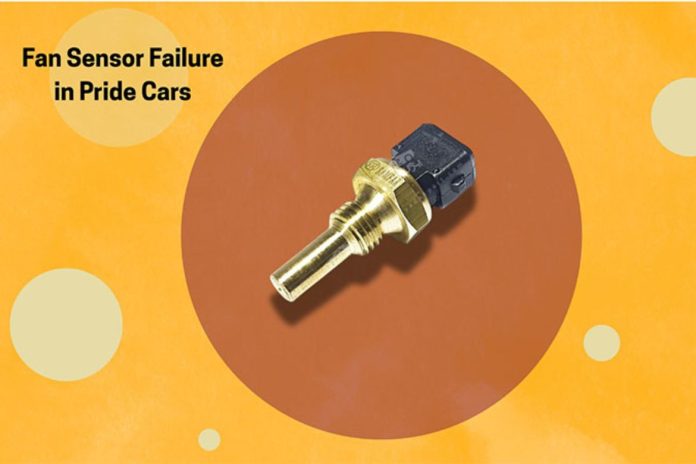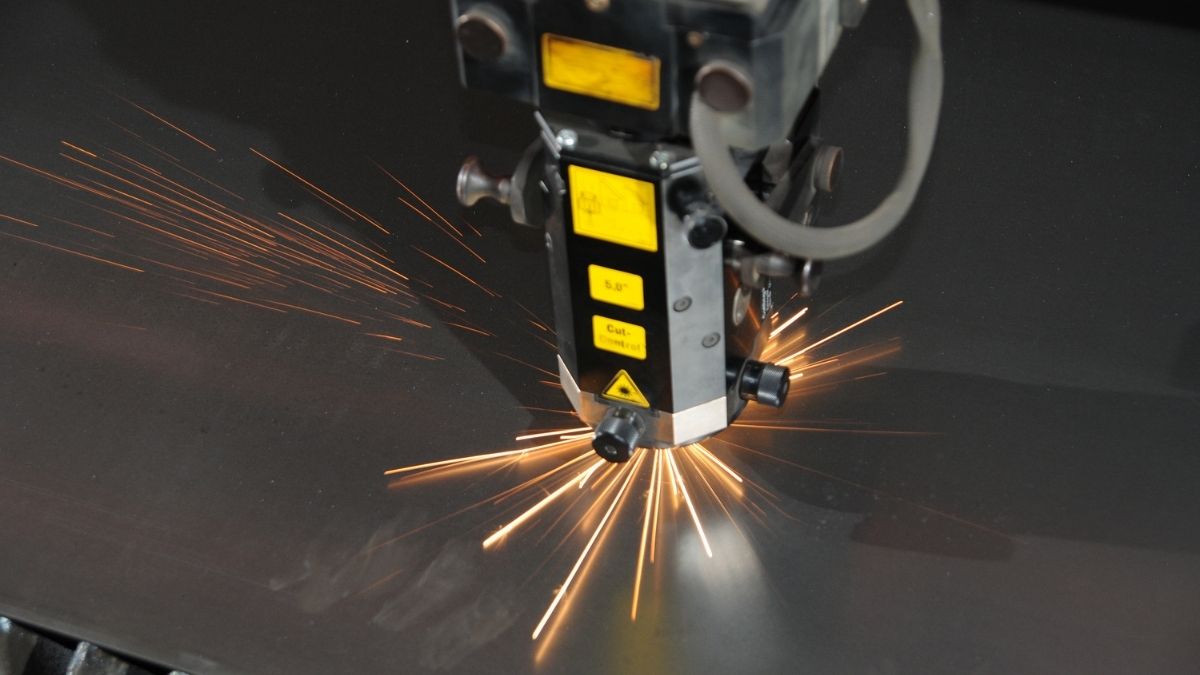The cooling system is a vital part of your car, ensuring the engine stays at a safe temperature and operates efficiently. At the heart of this system lies the fan sensor—a small yet crucial component often overlooked. In Pride car models, the fan sensor plays a key role in keeping the engine cool, ensuring smooth performance and safe driving.
Understanding its function, recognizing the signs of failure, and knowing how to address potential issues can help you maintain your Pride car and avoid costly repairs. This guide provides an in-depth look at the fan sensor’s role, common symptoms of failure, causes, and steps to prevent or resolve related issues.
What Does the Fan Sensor Do in a Pride Car?
The fan sensor regulates the cooling fan in your car’s engine, acting as a thermostat. It monitors the engine’s temperature and activates the cooling fan when the engine gets too hot, ensuring it stays within an optimal temperature range.
If the fan sensor malfunctions, the cooling fan may not operate properly. This can result in overheating, leading to severe engine damage if left unaddressed. For this reason, even minor issues with the fan sensor demand immediate attention.
Common Symptoms of Fan Sensor Failure
When the fan sensor begins to fail, it often produces warning signs that can help you catch the issue early. Here are the most common symptoms to watch for:
1. Overheating Engine
An overheating engine is a clear sign of a failing fan sensor. If the cooling fan doesn’t activate when needed, the engine temperature can rise to dangerous levels.
2. Non-Functional Cooling Fan
A fan sensor failure can prevent the cooling fan from running entirely. If the fan doesn’t turn on, the sensor might be the culprit.
3. Irregular Fan Operation
Erratic fan behavior—such as running continuously or failing to shut off—can result from a faulty fan sensor. This can drain your battery or reduce engine efficiency.
4. Check Engine Light
A failing fan sensor can trigger the check engine light on the dashboard. Modern Pride cars are designed to alert drivers to such issues through diagnostic sensors.
5. Poor Air Conditioning Performance
The cooling fan also supports the air conditioning system. When the fan sensor malfunctions, irregular fan operation can reduce AC performance, leaving the cabin uncomfortably warm.
What Causes Fan Sensor Failure?
Fan sensor failure can result from various factors, including:
- Wear and Tear: Over time, exposure to heat and electrical currents can degrade the sensor.
- Electrical Issues: Corroded or damaged wiring can disrupt the sensor’s functionality.
- Coolant Contamination: Sediment or debris in the coolant can interfere with sensor performance.
- Physical Damage: Accidents or improper handling during repairs may damage the sensor.
How to Diagnose and Address Fan Sensor Issues
If you suspect your fan sensor is failing, here’s how to diagnose and troubleshoot the problem:
1. Monitor Engine Temperature
Keep an eye on the engine temperature gauge. If it frequently runs hot, the cooling system—including the fan sensor—may need inspection.
2. Inspect the Cooling Fan
With the engine running, check if the cooling fan activates when the engine heats up. If it doesn’t, the issue could be the fan sensor, relay, or motor.
3. Scan for Error Codes
Use an OBD-II scanner to detect Diagnostic Trouble Codes (DTCs) related to the cooling system. These codes can identify fan sensor issues.
4. Test the Fan Sensor
A multimeter can measure the fan sensor’s electrical resistance and connectivity. If the readings fall outside the manufacturer’s recommended range, the sensor may need replacement.
5. Check Wiring
Inspect the wiring connected to the fan sensor for damage, corrosion, or loose connections. Replacing or repairing faulty wiring can often resolve the problem.
Preventing Fan Sensor Failure
Preventing fan sensor issues is easier and more cost-effective than dealing with a failure. Here’s how to keep it in good condition:
- Follow Regular Maintenance: Stick to your car’s maintenance schedule, especially for coolant replacement and radiator checks.
- Inspect the Cooling System: Periodically examine components like the fan, wiring, and sensor for signs of wear or damage.
- Keep Coolant Clean: Flush and replace coolant as recommended to avoid buildup of contaminants that could affect the sensor.
- Avoid Overworking the Engine: Prolonged idling in high temperatures can strain the cooling system. Turn off the engine when not in use.
Why Timely Repairs Matter
A faulty fan sensor isn’t a minor issue—it can lead to significant problems if ignored. Addressing fan sensor issues promptly can prevent:
- Severe Engine Damage: Overheating can warp engine parts, melt seals, and cause catastrophic failure.
- Reduced Fuel Efficiency: An overheated engine consumes more fuel, lowering efficiency.
- Costly Repairs: Fixing a failed sensor early is far cheaper than repairing extensive engine damage.
Final Thoughts
The fan sensor in Pride car may be a small component, but its role in maintaining engine health is critical. Recognizing the symptoms of failure, understanding its causes, and following preventive maintenance can save you time, money, and frustration.
If you notice an issue, don’t delay diagnostics or repairs. A proactive approach will keep your Pride car running smoothly and reliably for years to come. Prioritize maintenance, and you’ll enjoy peace of mind on every journey.









